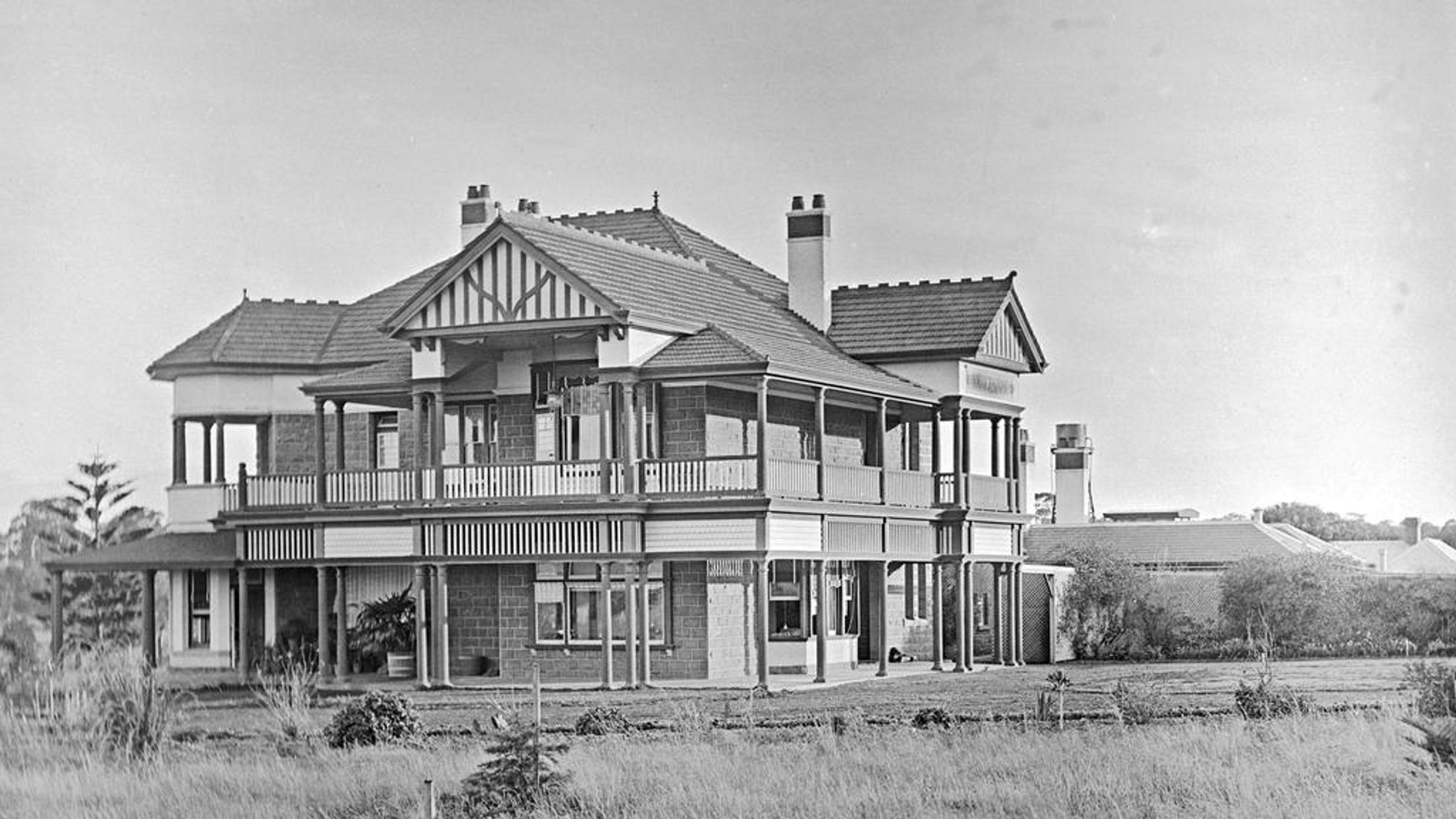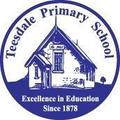History of Teesdale

Teesdale History
Mining appears to be the common thread linking the English area of Teesdale, County Durham with its Australian counterpart. Named after the River Tees, Teesdale in England gained importance due to its lead mining in the 1900s while today it is the home of the Swadale (black-faced) sheep and is mainly farming country.
By contrast, Teesdale, Australia gained prominence via the mining of gold, as the discovery of gold in Ballarat in 1851 placed it on the main route between Geelong and Ballarat, with its store and hotels providing a welcome respite for the weary traveller.
The first dwelling was erected in 1851 with a second the following year, which also served as a store, hotel and post office. Aborigines camped in a paddock known as ‘Bullivant’s’ and attracted the locals with their prowess in boomerang and spear throwing.
The village contained four hotels in the latter part of the 1850s, with two wine saloons and three blacksmith's shops, while in 1861 the Teesdale Farmers' Common was gazetted for the grazing of milking cows and goats and consisted of 1500 acres.
A census taken in 1871 gave the town's population as 70 with 11 dwellings. These figures increased to 181 persons in 1881 and 37 dwellings. Several Chinese market gardeners settled in the town, adding to the vineyards and orchards.
In 1874 the Mechanics Institute became a reality as a result of local donations and the site being granted by the government. Cricket and football were popular and a Recreation Ground was formed in 1900 with the original Teesdale Hall erected in 1906.
Some of the earliest recorded names include: Barker, Finn (brothers), Fitz, Hehir, Miller, Morris and Wall. James Bell of ‘Woolbrook’ and his family acted as benefactor to the town as did Mrs Bell, who entertained Teesdale's school children on Boxing Day 1888. Teesdale's Geelong Advertiser correspondent advised that the ‘sweltering heat of over 100º F’ meant that the task was tiresome, while those adults ‘who sought pleasure away from home, on the racecourse, or in similar amusements, suffered a good deal in the pursuit of it’. (Gold Reef and Silver Tussock – A History of the Shire of Leigh, by Gladys Seaton).
The Shire's Local Board of Health was formed in 1876 following the appointment of Dr T. Hope of Geelong, who was called on to practise his profession in the Teesdale and Inverleigh districts. The local cemetery was provided in 1860.
Native Creek Hotel in 1873 hotel contained 12 rooms, complete with a 12' by 14' underground tank, store and butcher's shop. A bluestone cottage on the corner of the Bruce and Willis Streets served as a wine saloon in the 1880s and was owned by M. Jean Baille. Another wine saloon was located next to the blacksmith’s, close by the creek with the blacksmith being a Mr Louttit. A third blacksmith’s was located opposite the school. H. M. Wilson (associated with the neighbouring town of Shelford) built his store and hotel at Teesdale as a direct result of a year spent on the diggings, where he accumulated £2000 from the much sought-after gold.
Teesdale has grown and little evidence remains of its busy years during the Gold rush, but it retains its charm as a rural haven, which continues to attract those seeking a quiet and friendly existence among the green hills and valleys interrupted by Native Hut Creek.
Teesdale residents were slow to see a school established with a rented two-roomed building of a soft stone serving that purpose in the mid 1850s. Francis Philps, the first teacher at Teesdale, was housed in an 8' by 10' tent. He was a dedicated man, who was in charge of the school from 1858 to 1873.
The building of the Presbyterian Church in 1858 provided a new location for the school, which had 36 pupils consisting of 16 boys and 20 girls. School fees were set at £28.19s.6d.with government aid supplying £120.17s.8d. The combined sum paid for the teacher's salary and rental for both the school and school residence.
Initially, higher classes were taught in the church with lower grades in the Mechanic's Institute but in June 1875 tenders were called for a large brick state school. Measuring 36' by 20', the new brick school cost £460 to erect and was occupied on 1 March 1878 and officially opened on 1 June.
Built on a site east of the creek, the land had been purchased from Henry H. Cations and by 1878 the enrolment had grown to 78 students. The election of the East Riding School Board in 1873 consisted of C.A.C. Wilson, Michael Wall, James Bell, John Clarke and Andrew E. Anderson with Wilson chosen as President and correspondent. The board was responsible for the school and teachers under the Minister of Education.
The 1892 school inventory lists a press, master's desk and stool, work table, 2 chairs, 9 desks, one form, one ball frame, 23 framed and 10 unframed slates and pieces, 24 porcelain and 12 lead inkwells, 5 blackboards and 3 easels. Twenty-one Royal readers were listed also, together with 3 maps of Victoria, 2 of the world, 2 of Australasia, Palestine and Asia, with the same number of African and British Isles maps. Science apparatus consisted of levers and fulcrum, set of four pulleys, suspension board, set of 20 brass weights and four scale pans, apparatus to show upward pressure of water, (fractured) model of pump, (damaged) model of Bramah press, syphon, (broken) barometer tube, four thermometers, tubes, bar and gauge, and Faraday apparatus, which was broken in transit (carriage) between Melbourne and Teesdale.
A small library housed a wide selection of books ranging from the Temperance Primer to the Empire History. Pupils were often required to take their own water to school even though the school had 3 water tanks, two being at the school with one attached to the residence.
Family names amongst 30 prize winners during those early days consisted of Feehan, Squires, Murrell, Phillips, Miller, Giffin, King, Fraser, Grant and Cations. Books and sewing boxes rewarded the student’s efforts with Japanese work boxes, (portable) desks and ‘other useful articles’ given for sewing, the judges being Mesdames C.A.C. Wilson, Hehir, and G. Farrar.
The Board of Advice was replaced in 1911 with a School Committee whose early members included Patrick King, William Miller, James King, R.G. Squires and D.H. Wallace. Tom King (a later member of the Committee) together with an industrious teacher, began the school's swimming activities in the 1930s with instruction given in a shallow, safe pool at the end of the lane behind Gowan Brae’ , which first had to be cleared of boxthorn, blackberry brambles, old posts and fencing wire’.
Teesdale Primary School's numbers have increased to such an extent (127 students in 1989) that major upgrading works were warranted. The original red brick building saw the addition of several portables and a major community project resulting in the building of a mud-brick multi-purpose structure, officially opened in 1988.
The first stage of the upgrading works began in late 1988 with the addition of 4 new classrooms and a larger temporary toilet block. The second stage was completed in November 1989 with the opening of the magnificent Administration and Staff Centre. The third stage, consisting of an extra classroom and permanent toilet block, was completed in 1992. More recently a co
